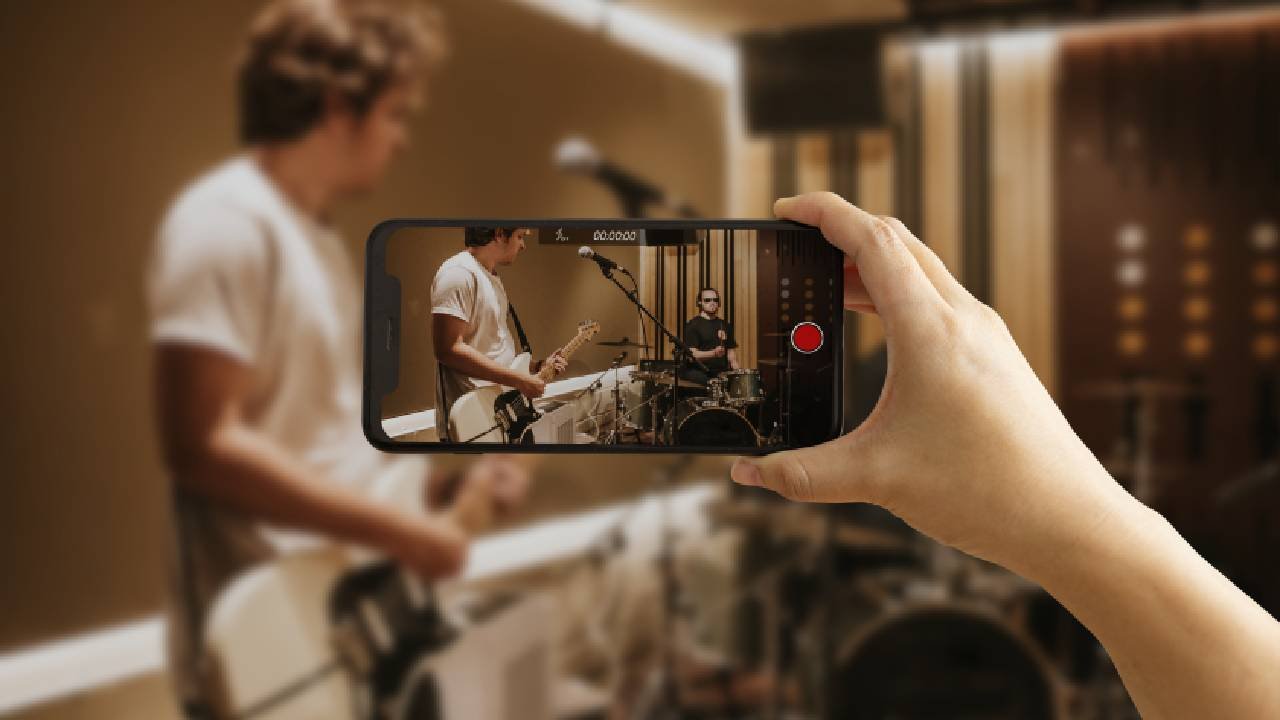
Imagine capturing a sunset that doesn’t just look beautiful but feels like you’re right back in that moment. That’s the future of iPhone photography. With each new model, Apple is pushing the boundaries of what’s possible—transforming the way we take photos and videos through cutting-edge camera tech, smarter AI, and advanced processing power.
Whether you’re a budding photographer or just someone who loves snapping memories, the next-gen iPhones are set to make it easier and more fun to capture and share your stories in ways you’ve never imagined before. Let’s take a closer look at how these innovations will change the game for photography and videography.
The Current State of Photography
The Era of Computational Photography
Computational photography has become a cornerstone of modern imaging. By leveraging sophisticated algorithms and machine learning, devices can produce stunning images that surpass traditional optical limitations. Features like Night Mode, Smart HDR, and Portrait Mode have become essential tools for both casual users and professional photographers. Apple’s focus on computational photography has solidified the iPhone’s reputation as a premier device for capturing high-quality images.
Hardware Advancements
Recent iPhone models have seen significant improvements in camera hardware. Larger sensors, enhanced lens systems, and advanced optical image stabilization contribute to clearer, more vibrant photos. For instance, the iPhone 15 series introduced advanced pixel binning technology, enhancing low-light performance and overall image quality. The inclusion of multiple lenses—such as ultra-wide and telephoto—provides users with versatile options for various shooting scenarios.
User-Friendly Features
Apple prioritizes user experience by integrating features that cater to both novice and expert photographers. Innovations like Live Photos add dynamic elements to still images, while Photographic Styles allow users to customize their photos in real-time. These features enhance creativity and make high-quality photography accessible to everyone.AI Studio
Future Innovations in iPhone Camera Technology
As we gaze into the future, several groundbreaking technologies are expected to redefine photography and videography on upcoming iPhones.
Image Credit Goes to Freepik
Variable Aperture on the Future Iphone
Rumors: According to Apfel Patient, a leading Apple news source in Germany, Apple is rumored to introduce a significant innovation with the iPhone 18 Pro (expected in 2026): a variable aperture on the main camera. This feature, typically found in high-end professional cameras, would allow users to adjust the aperture size for greater control over depth of field and light intake, significantly enhancing the photography experience and making the iPhone 18 Pro an attractive choice for photography enthusiasts.
In-House Camera Sensors
One significant advancement could be Apple’s development of its own in-house camera sensors. This shift would allow for dramatically improved image processing capabilities tailored specifically to Apple’s software ecosystem. With better control over sensor design and manufacturing, Apple could optimize performance in various lighting conditions, enhancing overall image quality and processing speed.
Spatial Photography and Video
Future iPhones are likely to embrace spatial photography and video capabilities. With advancements in augmented reality (AR) technologies—especially with the upcoming Apple Vision Pro headset—future models may enable users to capture images that convey depth and dimensionality. The new vertical camera lens arrangement in the iPhone 16 models is designed to facilitate spatial video recording, allowing for immersive experiences that enhance storytelling.
Enhanced Computational Techniques
As Apple advances its computational photography, it’s clear that Apple Marketing Strategy techniques will continue to play a critical role in how these innovations are presented to the public. By focusing on the seamless integration of machine learning, real-time optimization, and user-friendly features, Apple will maintain its position as a leader in smartphone photography. Apple’s ability to effectively market these advancements ensures that users remain engaged and excited about new possibilities for creativity.
Superior Video Capabilities
The demand for high-quality video content continues to surge, particularly on platforms like YouTube and TikTok. Future iPhones are expected to offer advanced video features such as 8K recording capabilities and enhanced stabilization technologies. The introduction of ProRes video recording as a standard feature across all models will provide filmmakers with professional-grade tools directly from their smartphones.
AI Integration
Artificial intelligence (AI) will play a crucial role in shaping the future of photography. Future iPhones may utilize AI-driven enhancements that analyze scenes in real-time to suggest optimal settings or automatically adjust parameters based on user preferences. Intelligent framing suggestions or automatic adjustments for skin tones during portrait shots could become commonplace.
Improved Low-Light Performance
Low-light photography remains a challenge for many cameras. Future advancements may include larger sensors with better light-gathering capabilities and enhanced noise reduction algorithms. These improvements would enable users to capture stunning images even in dimly lit environments without sacrificing quality.
The Impact on Photographers and Content Creators
Empowering Everyday Users
The continuous enhancement of camera technology in future iPhones will empower everyday users to produce high-quality images and videos without needing extensive knowledge or experience in photography. This democratization of technology allows more individuals to express their creativity through visual storytelling.
New Opportunities for Professionals
Professional photographers and videographers will also benefit from these advancements. The ability to shoot high-resolution images and videos directly from a smartphone opens up new possibilities for content creation on-the-go. Features like ProRAW image capture and advanced video codecs such as ProRes will enable professionals to seamlessly integrate mobile content into their workflows without compromising quality.
Evolution of Social Media
As photography continues to evolve, so too will social media platforms that rely heavily on visual content. Future iPhones equipped with advanced camera technologies will likely influence how users share their experiences online. Features such as spatial photos could lead to new forms of storytelling on platforms like Instagram or Snapchat, where immersive content becomes the norm rather than the exception.
Conclusion
The future of photography and videography is poised for transformation with advanced camera technologies in upcoming iPhone models. Innovations such as in-house camera sensors, spatial photography capabilities, enhanced computational techniques, and AI integration will empower both amateur and professional users to capture stunning visuals.
As these technologies become more accessible, they will not only elevate personal expression but also reshape content creation across various platforms. Ultimately, future iPhones will enable users to share immersive experiences, making each photograph a meaningful connection that transcends time and space.
Read more on Ventsedge


